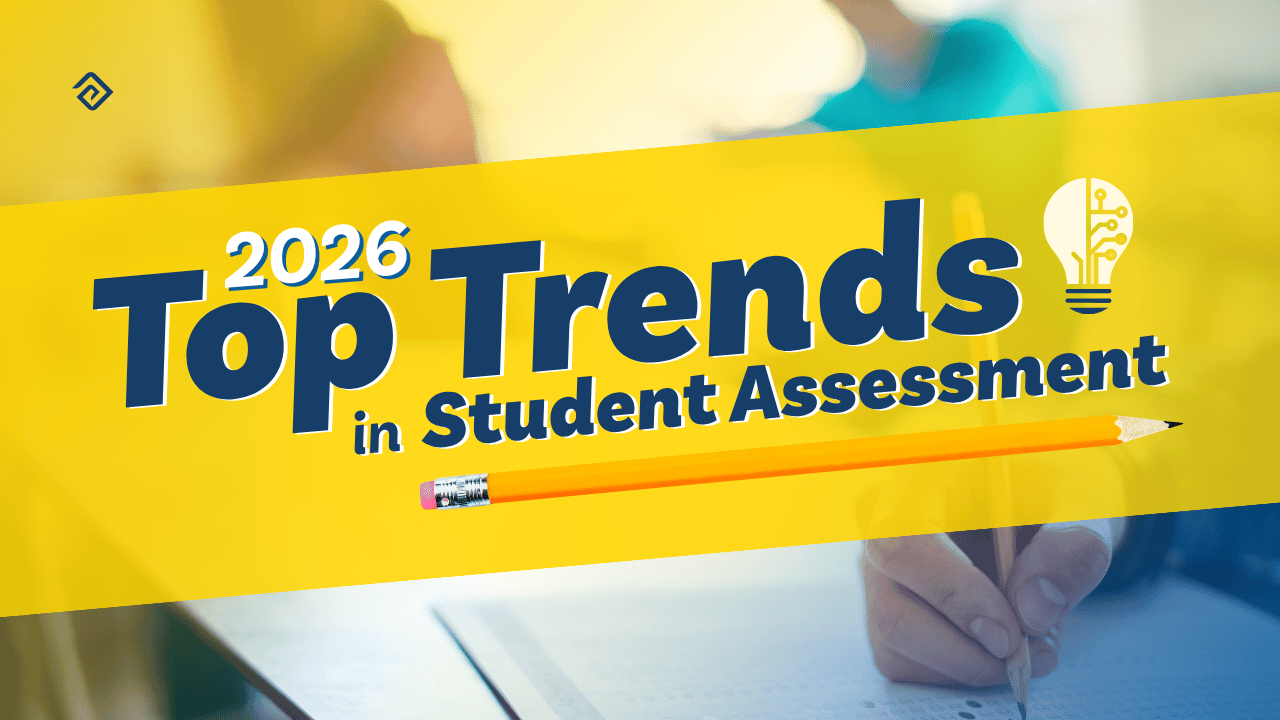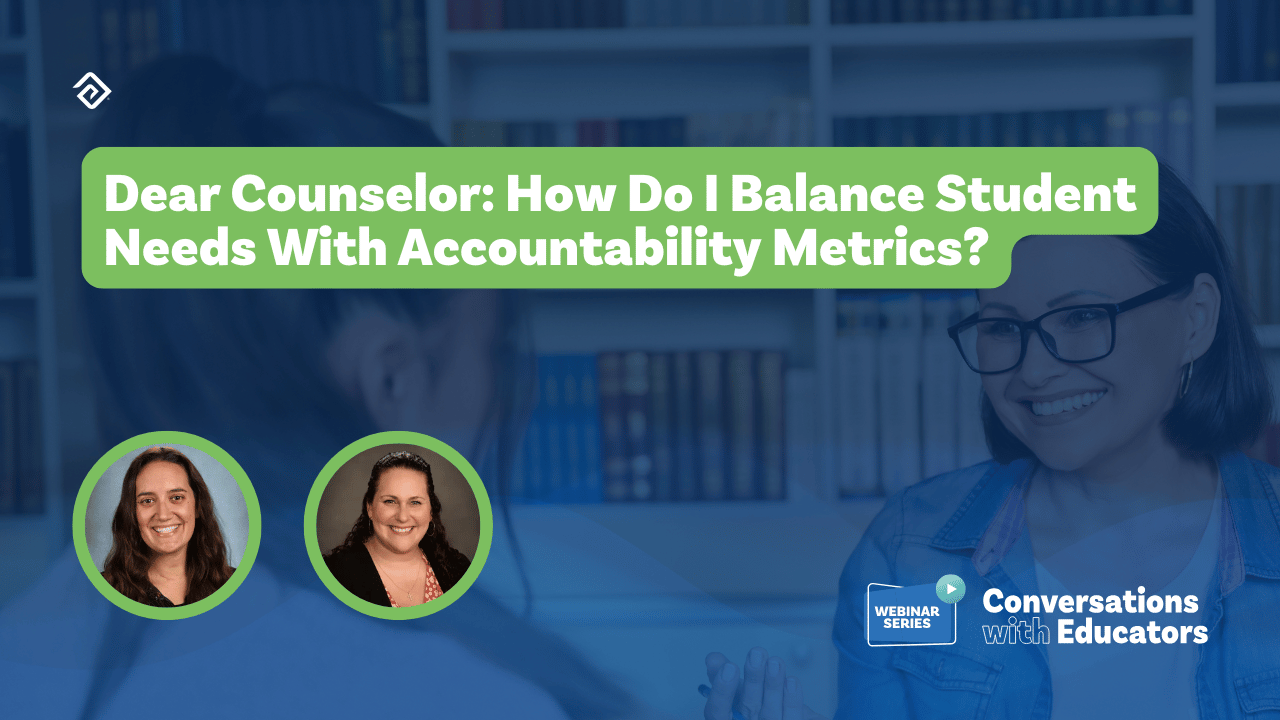5 Common Types of Classroom Accommodations for Students with Disabilities
Providing a safe and inclusive space for all students is vital for today's 21st-century learning environment. According to the National Center for Learning Disabilities, there are several types of accommodations that schools can implement to give students with physical or learning difficulties an equal opportunity to learn in the classroom.
The following are the five classifications of standard classroom accommodations that school administrators can implement in their classes:
- Presentation Accommodations: how teachers provide information
- Response Accommodations: how students respond
- Timing Accommodations: how teachers allot time for specific needs
- Environment Accommodations: how schools design the learning environment
- Organizational Accommodations: how teachers schedule the tests and tasks
Presentation Accommodations
For this type of student accommodation, the focus is on how teachers present information to their students.
If a student utilizes materials with many illustrations, graphs, or infographics, that student can share them in class via a digital menu or handout on the computer.
To simplify the process of presenting to the class, teachers may ask students to create a handout with everything a student needs to share and then print it. Students with visual impairments should also be able to use audio speaker boxes and describe their presentation with text instead of word slides.
Here is a list of accommodations for students with disabilities on how teachers may adjust the way they present information in the classroom:
- Taking advantage of different learning media, such as videos and audiobooks, instead of focusing on print media
- Allowing students to record classes during lectures instead of limiting them to taking written notes
- Presenting outlines and summaries of classes
Response Accommodations
This accommodation category highlights how students can change their methods for completing tests and assignments. In this case, school administrators may implement policies that don't limit how students respond to their teachers. For example, students may respond by speaking, writing, or typing their answers, whichever is easier for them to understand.
Teachers may also allow students to respond to writing prompts in audio format instead of just asking them to submit written essays.
Here is a list of accommodations for students with disabilities that teachers can use to provide response adjustments:
- Assigning a scribe in class who take notes of dictated answers
- Allowing the use of an audio or video recording during recitation
- Letting students use a calculator or table when answering math problems
- Allowing students to use text to speech technology to produce written responses

Timing Accommodations
As crucial as ensuring that students follow a strict schedule in all classes to achieve the standard curriculum requirements, giving allowances for learning style differences is also vital. To encourage this, school administrators may encourage teachers to allow time adjustments for students when completing their assignments.
For example, students who don't rely on their notes could take up to a few extra minutes to complete the tasks to accommodate their auditory learning style. On the other hand, those with strengths in Mathematics instead of English may have a longer time for the reading assignments.
Here is a list of accommodations for students with disabilities that teachers can use to provide timing adjustments:
- Allowing teachers to provide frequent breaks as needed
- Giving students the option to extend the allotted time for tests
- Providing extra time when processing verbal directions and information
Environment Accommodations
Students can learn more effectively in an environment conducive to learning. So, when providing environmental accommodations for students with disabilities, teachers may adjust the setting or space in such a way that all students can effectively complete their learning tasks.
Teachers may consider removing distracting sounds or blocking distractions in the classroom, especially if there are students with sensory disabilities. Likewise, the school may also schedule specific times of the month when students may be allowed to design their own reading or drawing nooks.
Here is a list of accommodations for students with disabilities that teachers can use to adjust the learning environment:
- Providing background music or special lighting
- Allowing students to sit where they prefer
- Using sensory stools for students who have extra energy
Organizational Accommodations
Schools and teachers of students with disabilities need to provide a learning setting that encourages productivity and organization in class. While it may seem trivial at first, when used to help students take their tests, organizational accommodations make a world of difference for students with disabilities. They can help students feel more confident in their abilities and improve their educational experience.
Here is a list of accommodations for students with disabilities that teachers can use to provide organizational accommodations:
- Using an alarm or timer for time management
- Using a class organizer or planner to coordinate deadlines of outputs
- Providing extra time for enrichment activities or skills instruction
To achieve the best learning outcomes, all students, regardless of their learning styles and needs, often require academic accommodations. Hopefully, these accommodations for students with disabilities can help all schools provide the best learning environment for students throughout the school year.
If your school is interested in making sure students get the right accommodations for testing, Education Advanced can help with Testhound, our test accommodation software. Testhound helps schools coordinate thousands of students across all state and local K-12 school assessments while taking into account dozens of accommodations (reading disabilities, physical disabilities, translations, etc.) for students.
Education Advanced also helps schools automate tasks and streamline processes with a suite of tools:
- Cardonex, our master schedule software helps schools save time on building master schedules. Many schools used to spend weeks using whiteboards to organize the right students, teachers, and classrooms into the right order so that students could graduate on time and get their preferred classes. However, Cardonex can now be used to automate this task and within a couple of days deliver 90% of student's first choice classes.
- Embarc, our curriculum mapping software, helps teachers quickly analyze whether or not their curriculum is aligned with state and national standards as well as share best practice curriculum plans with other teachers to reduce duplication and with parents to keep everyone up to date.
Request a demo of our software today or contact us here to see how we can help you streamline your school operations.


More Great Content
We know you'll love




